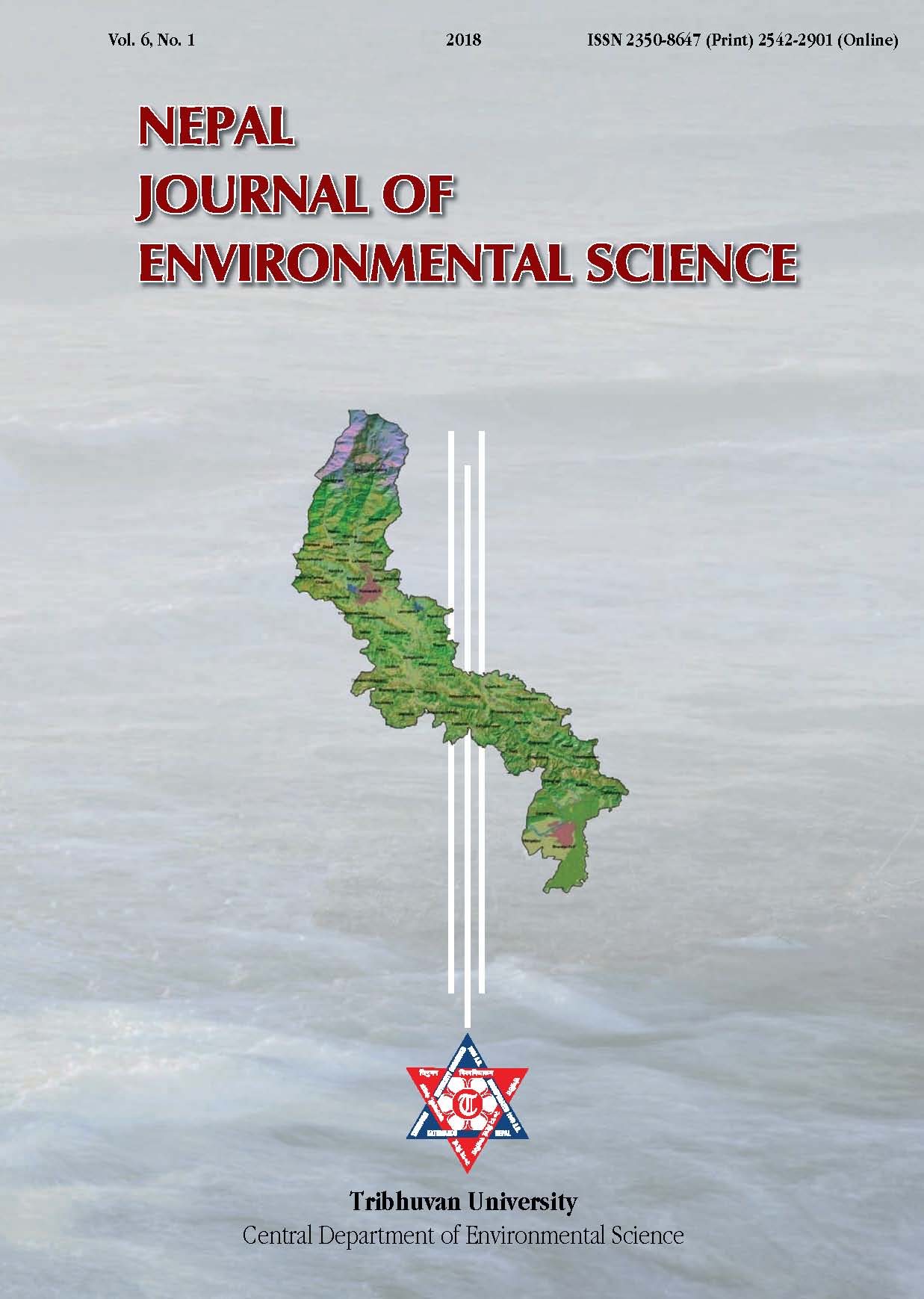Human elephant conflict management and issues in Nepalese context: A Review
DOI:
https://doi.org/10.3126/njes.v6i0.30128Keywords:
Biological deterrents, Electric fences, Elephas maximus, Land-use, HuntingAbstract
Human Elephant Conflict has been an important conservation issue since decades in Africa and Asia. A comparative analysis was performed to identify the methods of the Human Wildlife Conflict management in African and Asian countries. Different studies from 1999 to 2018 in African and Asian Nations related to Human Elephant Conflict were obtained from reliable online sources such as published articles, policies and reports relevant to Nepalese context were synthesized. The different methods used in Human Elephant Conflict management in both continents were broadly classified into fifteen different categories and their effectiveness was compared based on economic viability, safety for elephants and humans while adopting the mitigation measures and the control of the Human Elephant Conflict after adoption of the measure. Land-use management is proposed in Nepalese context to reduce the Human Elephant Conflict centered on different social, financial and environmental conditions.
Downloads
Downloads
Published
How to Cite
Issue
Section
License
This license enables reusers to distribute, remix, adapt, and build upon the material in any medium or format for noncommercial purposes only, and only so long as attribution is given to the creator.




